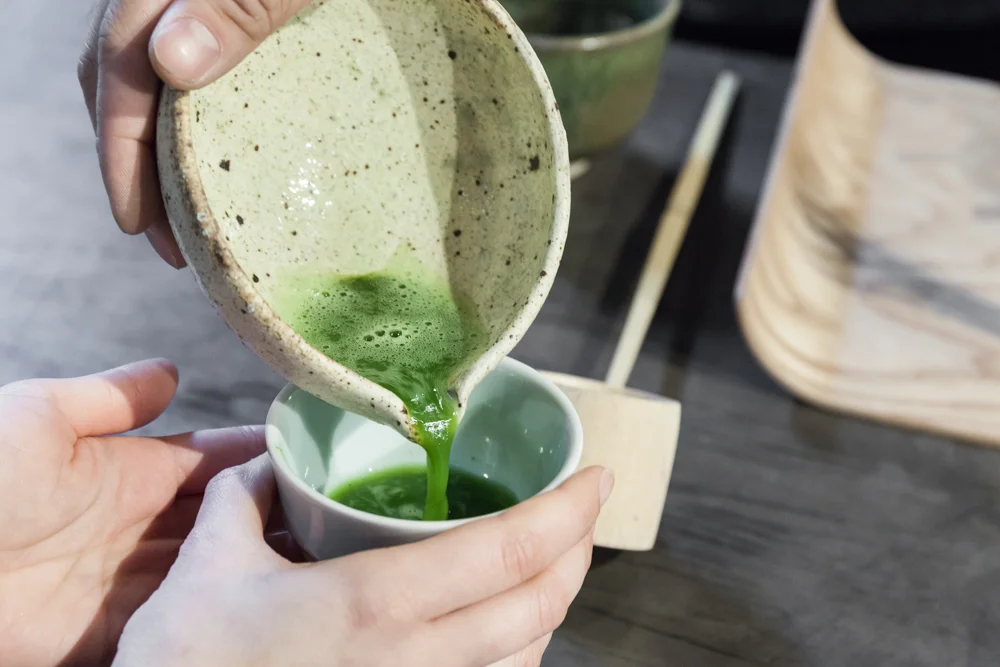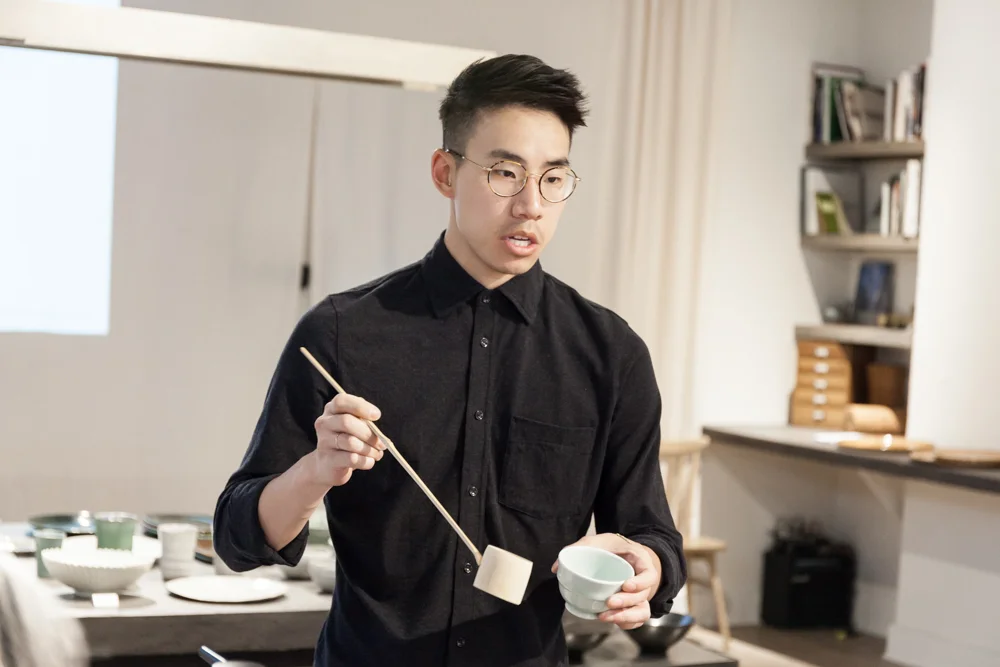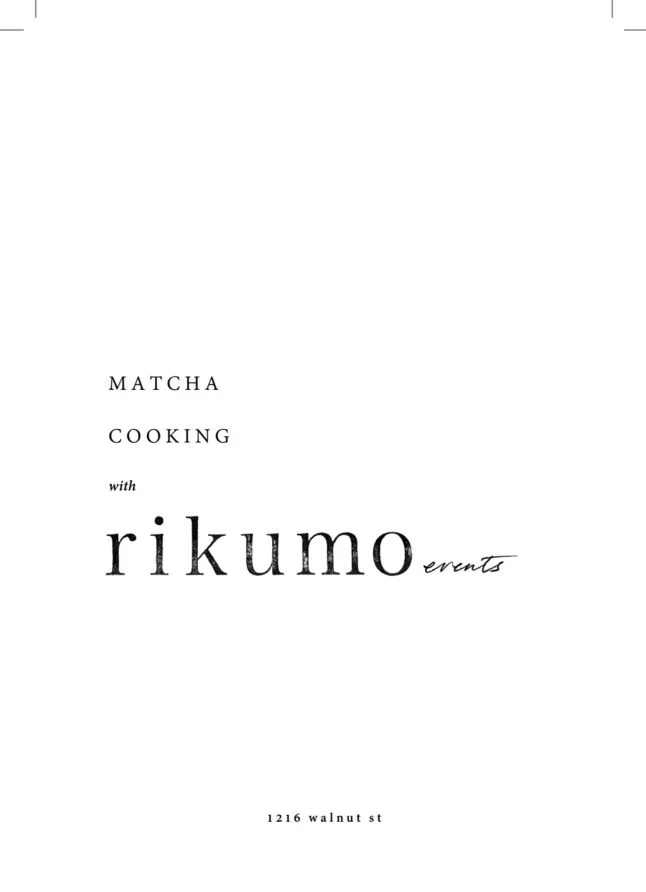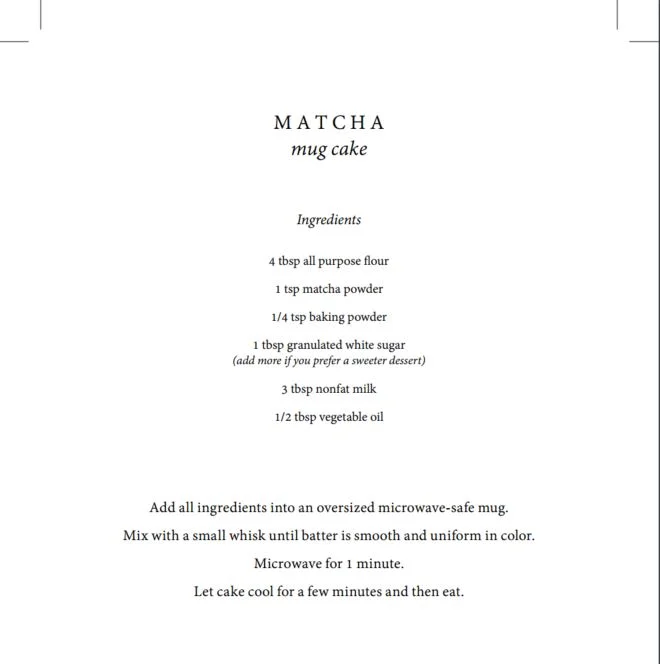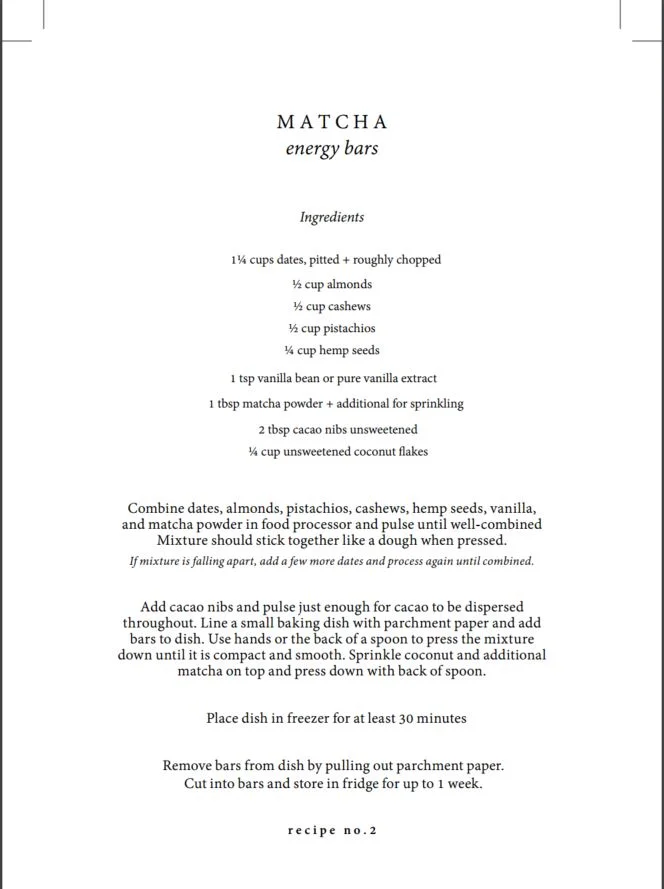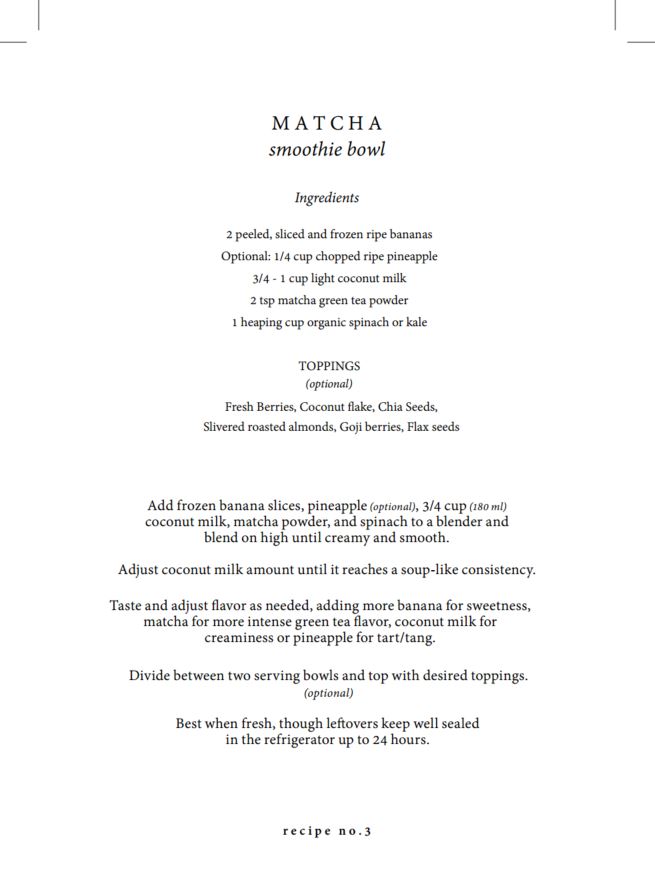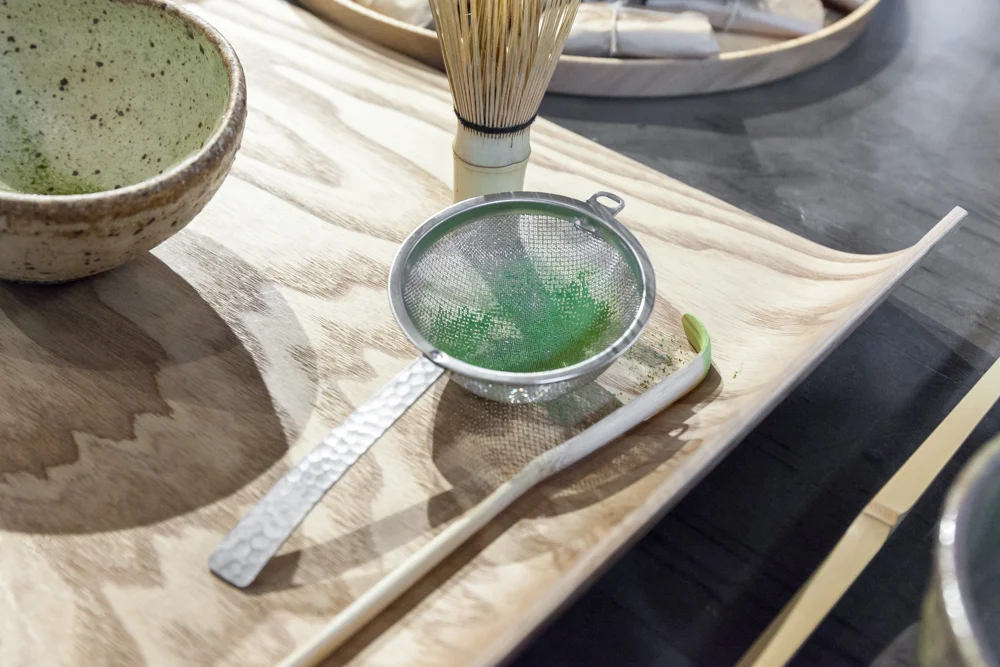Workshop no. 14: Word in a Teacup. Matcha Introduction and Tasting
Pouring a fresh bowl of matcha.
This month, to celebrate the debut of our brand new collection of ceremonial grade organic matchas, we held several 'crash course' matcha tastings at our tea bar for some of Philadelphia's finest tea enthusiasts. Over the course of an hour, we discussed a wide range of topics including how matcha is produced, its revered nutritional benefits, how matchas are graded, the tools of the trade, and how to prepare it before sampling our new collection and our famous matcha energy bars.
This workshop was intended to be a primer on all things matcha. If you weren't able to make it, here is a recap of what we covered.
Store Manager Miles discussing his favorite subject.
What is Matcha?
Matcha is a type of powdered green tea that is traditionally used in the Japanese tea ceremony. Matcha was originally brought to Japan in the late 12th century by Zen monks, who would drink it to stay awake and alert during long periods of meditation. Today, matcha is experiencing a renaissance among tea drinkers worldwide for its smooth taste, high level of antioxidants, and the calming, ritualistic nature of its preparation.
The Nutritional Benefits of Matcha
Because matcha is ground, you get the benefits of consuming the entire tea leaf as opposed to its water-soluble parts. Among these benefits are increased concentration, a slow but steady release of energy, and essential nutrients like calcium, iron, and antioxidants. One cup of high-quality matcha holds as much antioxidants as ten cups of green tea.
Matcha also includes a large amount of the amino acid L-Theanine. L-Theanine may be beneficial in relieving stress, improving cognitive function, and is thought to be the reason for matcha’s sustained energy and lack of a caffeine crash.
Sifting
Whisking
The Process
Matcha is made from tea leaves that are shaded from the sun before harvesting. This process concentrates chlorophyll and other nutrients into the leaves, which give it a beautiful green color and increased antioxidants. Finally, the best leaves are plucked and slowly ground into a powder to reduce oxidation. It takes just over an hour to make 30 grams of ceremonial-grade matcha- about a small tin’s worth.
Matcha Tools
Matcha Bowl (chawan)- a medium-sized ceramic bowl designed to create the smooth, frothy consistency of matcha.
Bamboo Matcha Whisk (chasen)- A small hand whisk made from a bamboo stalk to mix the tea.
Bamboo Ladle (chashaku) - A small bamboo ladle designed with a rounded tip to measure the appropriate quantities of matcha.
Tea Strainer - For sifting matcha powder before preparing.
How to Prepare Matcha
Although making matcha is often thought of as a complex and ritualistic endeavor reserved for the formal tea ceremony, matcha can be easily prepared and enjoyed at home. Here's how:
1. Scoop matcha from tin with bamboo ladle (approx. 1 heaping tsp.).
2. Sift matcha through tea strainer into matcha bowl to remove clumps.
3. Pour roughly 3oz of just boiled water into an empty teacup to cool for 30 seconds (about 70℃) before transferring to the tea bowl.
4. Whisk vigorously in an M shape using the matcha whisk until matcha becomes smooth and frothy.
5. Sip immediately from bowl and enjoy!
Guests enjoying their matcha.
Cooking with Matcha
As we found during the workshop, ceremonial grade matcha is best reserved for drinking, but culinary matcha is a perfect choice for recipes that call for matcha's color and flavor. Below are recipes from our popular Cooking with Matcha workshop:
Thank you to everyone that was able to join us. Morihata matcha is now available on Rikumo.com. Follow the link below to learn more!

